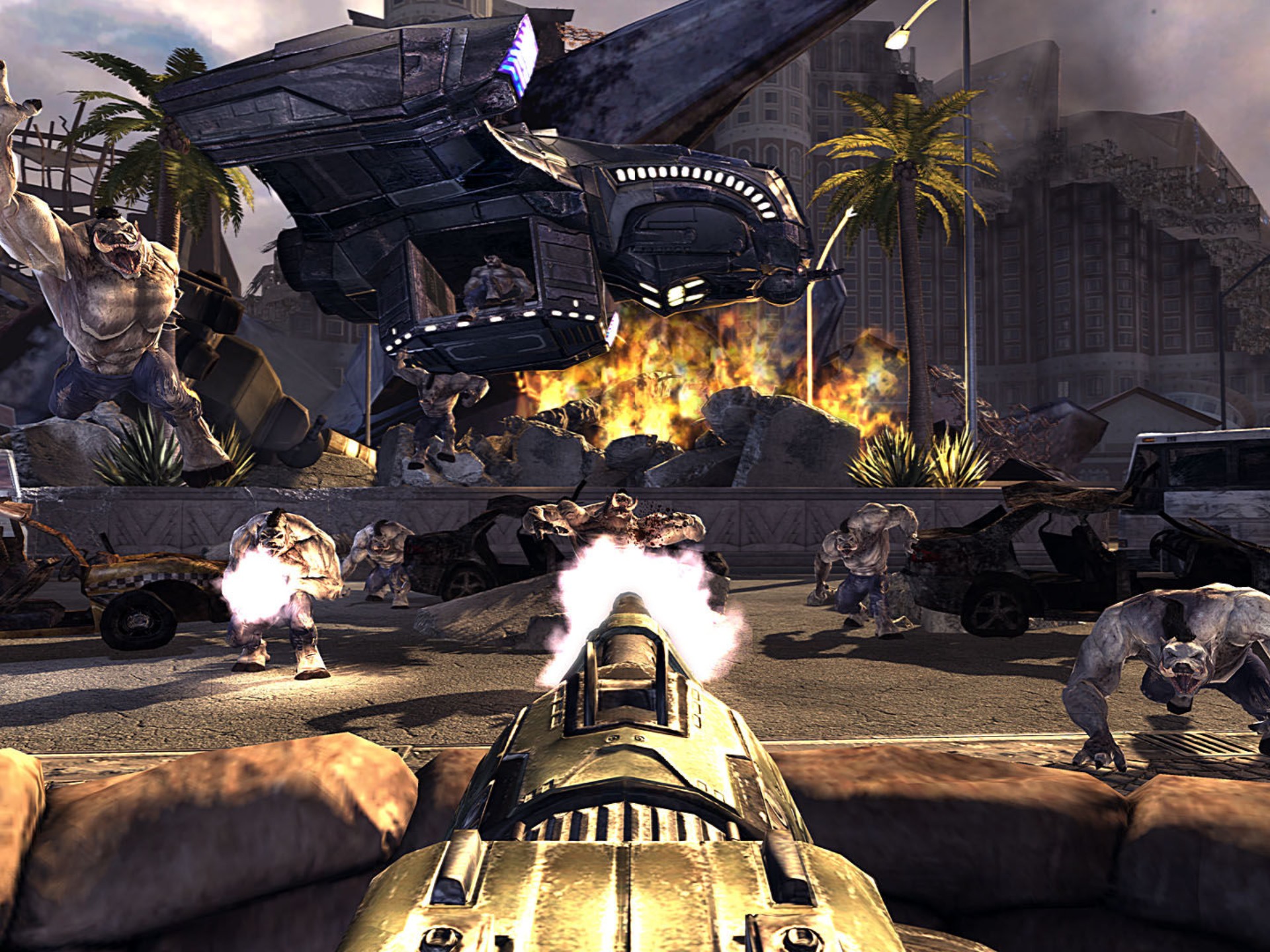Multiplayer Matchmaking: Fast or Frustrating?
Introduction
Online multiplayer gaming has revolutionized the way players interact, compete, and collaborate. At the heart of this experience lies matchmaking—the system that pairs players together based on skill, latency, and other factors. While modern matchmaking algorithms aim to create fast and fair matches, they often leave players frustrated due to long wait times, imbalanced teams, or poor connections.
This article explores the pros and cons of multiplayer matchmaking, examining whether speed should be prioritized over fairness—or if a perfect balance is even possible.
The Need for Speed: Why Fast Matchmaking Matters
1. Player Retention
A slow matchmaking process can drive players away. Gamers expect quick access to matches, especially in fast-paced titles like Call of Duty or Apex Legends. Long queues lead to frustration, causing some to abandon the game entirely.
2. Casual vs. Competitive Play
Casual players often prefer fast queues, even if skill matching isn’t perfect. In contrast, competitive gamers may tolerate longer waits for balanced matches. Games like League of Legends and Valorant use ranked modes with stricter matchmaking to ensure fairness.
3. Server Efficiency
Faster matchmaking reduces server load by keeping players in active games rather than idle lobbies. This is crucial for live-service games that rely on constant engagement.
The Cost of Speed: When Fast Matchmaking Fails
1. Skill Imbalance
Prioritizing speed can lead to mismatched teams, where high-ranked players dominate newcomers. This creates a toxic experience and discourages less-skilled players from continuing.
2. Connection Issues
Fast matchmaking sometimes ignores ping differences, leading to laggy matches. Games like FIFA and Fortnite suffer when players from distant regions are paired together.
3. Exploitative Practices
Some games use engagement-based matchmaking (EBMM), where algorithms manipulate match difficulty to keep players hooked. This can feel unfair and manipulative, as seen in debates over Call of Duty’s SBMM (Skill-Based Matchmaking).
Striking the Right Balance
1. Dynamic Queue Times
Games like Overwatch 2 adjust matchmaking rules based on time of day and player population. Off-peak hours may relax skill matching to reduce queue times.
2. Preference-Based Systems
Letting players choose between "fast match" (looser skill matching) and "fair match" (strict skill matching) could improve satisfaction. Dota 2 allows players to select roles, balancing speed and fairness.
3. AI and Machine Learning
Advanced algorithms can predict optimal matchups by analyzing player behavior, reducing both wait times and skill gaps. Riot Games uses AI to refine Valorant’s matchmaking.
4. Regional and Ping-Based Prioritization
Ensuring players connect to nearby servers minimizes lag. Counter-Strike 2 prioritizes low-ping matches, even if it means slightly longer queues.
Player Perspectives: What Gamers Really Want
1. The Casual Player’s View
- "I just want to jump in and play—I don’t care if I win or lose."
- Prefers quick matches over perfect balance.
- Frustrated by long waits in ranked modes.
2. The Competitive Player’s View
- "I’d rather wait 5 minutes for a fair game than stomp noobs in 30 seconds."
- Values skill-based matchmaking (SBMM).
- Hates smurfing (high-skilled players in low-rank matches).
3. The Developer’s Dilemma
- Balancing player satisfaction with retention metrics.
- Avoiding "forced 50% win rates" accusations.
- Keeping new players engaged without alienating veterans.
Case Studies: How Popular Games Handle Matchmaking
1. Call of Duty: Warzone (SBMM Controversy)
- Uses strong SBMM to protect new players.
- Pros: Fairer matches for beginners.
- Cons: Feels punishing for skilled players, who face constant high-level competition.
2. League of Legends (Role-Based Matchmaking)
- Players queue for specific roles (e.g., Mid, Support).
- Reduces autofill frustration but increases queue times.
3. Apex Legends (EOMM – Engagement-Optimized Matchmaking)
- Adjusts match difficulty to maximize playtime.
- Criticized for feeling manipulative.
The Future of Matchmaking
1. Cross-Play and Larger Pools
More games support cross-platform play, expanding the player base and reducing queue times.
2. Real-Time Adjustments
Future systems may dynamically tweak match parameters mid-game to ensure fairness.
3. Player Transparency
Showing estimated wait times and matchmaking criteria could reduce frustration.
Conclusion: Fast or Fair? The Eternal Debate
Matchmaking is a double-edged sword—speed can lead to frustration, while fairness can mean longer waits. The best systems adapt to player needs, offering options for both casual and competitive gamers.
As AI and player feedback shape future algorithms, the ideal balance may finally be within reach. Until then, developers must listen to their community and refine matchmaking to keep players engaged—without driving them away.
Final Thought:
"The perfect matchmaking system doesn’t exist… yet. But with smarter tech and player input, we’re getting closer."
Tags:
Gaming #Matchmaking #Multiplayer #SBMM #GameDevelopment #OnlineGaming #PlayerExperience #eSports #GameDesign



















